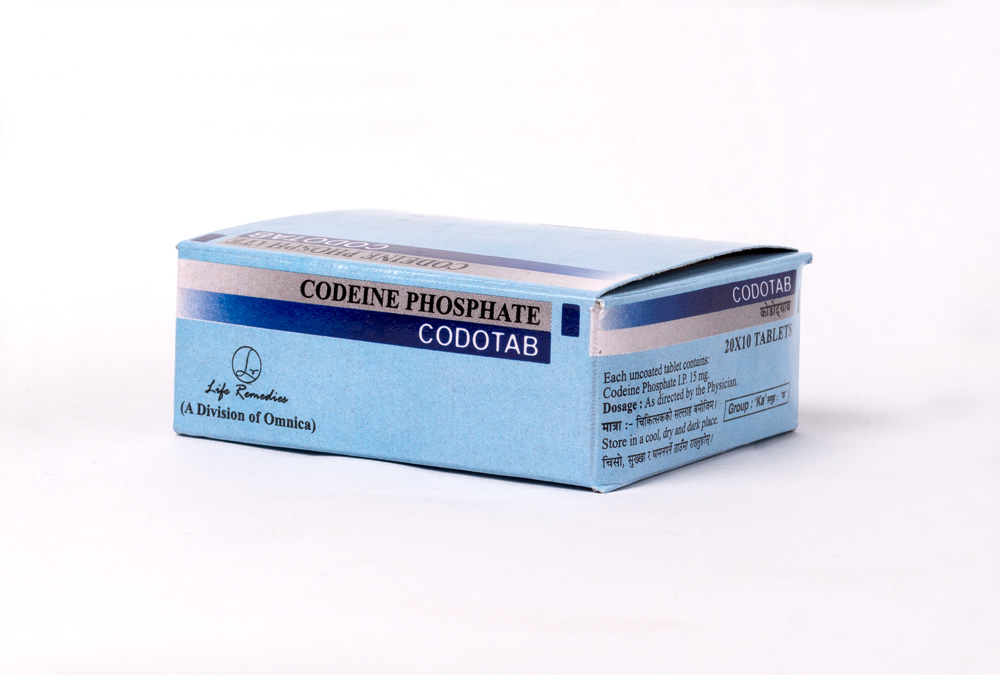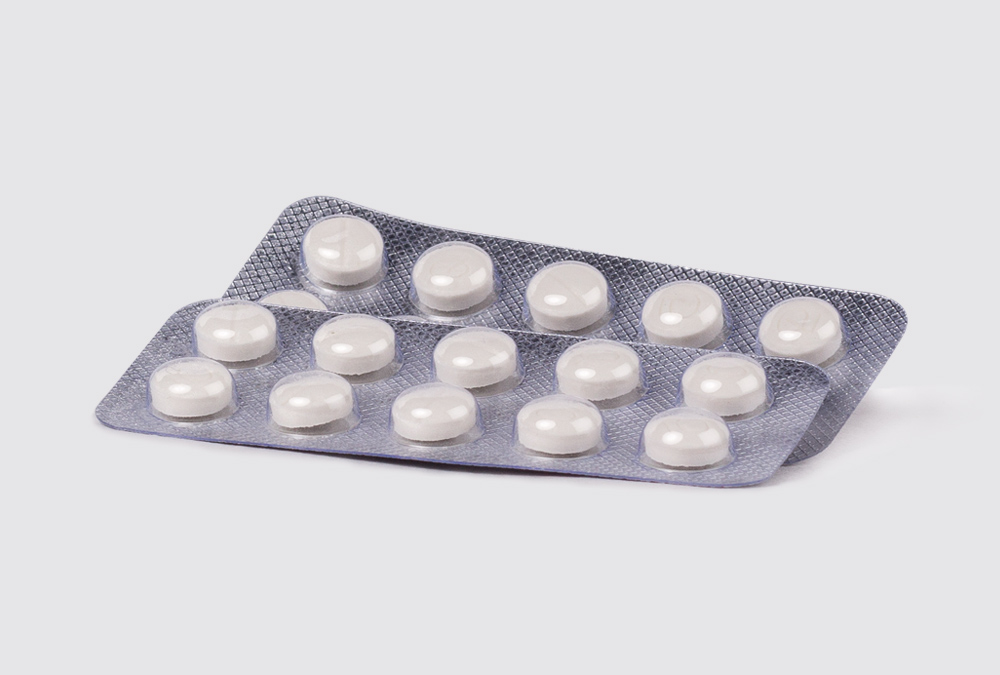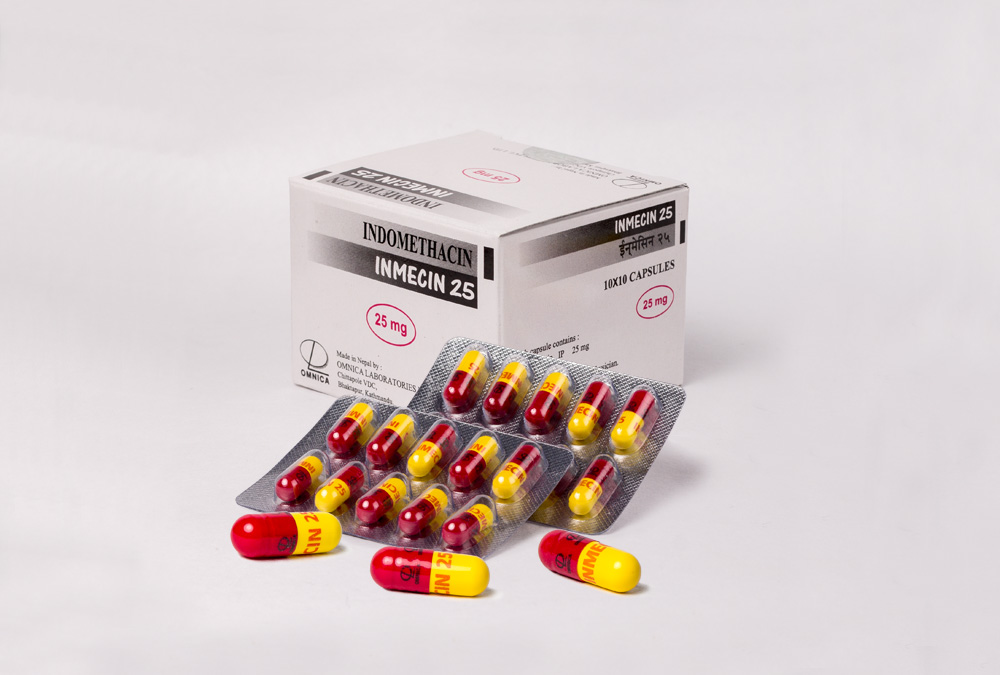Brand Name : CODOTAB
Generic Name : Codeine Phosphate
Preparation : 15 mg Tablet
Pharmacological Category : Opioid Analgesic
Mechanism of Action (MOA)
CODOTAB binds to the opioid receptors μ, κ, δ (mu, kappa, delta respectively), distributed widely in the central and peripheral nervous system and inhibits the transmission of the pain impulse in the nociceptive afferent neurons. Moreover, CODOTAB shows its analgesic effect profoundly via morphine which binds highly with mu receptor as 10% of codeine is metabolized into morphine. In addition, CODOTAB suppresses cough by direct action in cough center present in the medulla.
Pharmacokinetics
- Absorption : Absorbed from the gastrointestinal tract
- Distribution : Crosses placenta and in breast milk
- Protein Binding : 25%
- Metabolism : Liver (metabolites : morphine, norcodeine, normorphine and hydrocodone)
- Elimination Half-life : Between 3 to 4 hours
- Time to Peak : 1 hour
- Excretion : Urine (primarily)
Indications and Dosage
- Pain : CODOTAB 30 to 60 mg every 4 hours; maximum dose : CODOTAB 240 mg daily
- Non-productive Cough : CODOTAB 15 to 30 mg 3 or 4 times daily
- Symptomatic Relief of Acute Diarrhoea : CODOTAB 15 to 60 mg 3 or 4 times daily
Side Effects
COMMON : Nausea, vomiting, constipation, drowsiness, confusion; tolerance development to these except constipation on long-term use.
OTHERS : Euphoria, dry mouth, dizziness, sweating, headache, vertigo, bradycardia, tachycardia, palpitations, orthostatic hypotension, hypothermia, restlessness, changes of mood, decreased libido or potency, hallucinations, miosis, euphoria, raised intracranial pressure, difficult micturition, excitement and convulsion on larger doses, dose-related histamine releasing effects like urticaria, pruritus, hypotension, flushing
Contraindications
Hypersensitivity to codeine, patient with known or suspected paralytic ileus, children who have undergone tonsillectomy or adenoidectomy
Warnings / Precautions
- Caution in cardiac arrhythmias, drug abuse / dependence, emotional lability, gallbladder disease, head injury, hepatic impairment, hypothyroidism, increased intracranial pressure, prostatic hypertrophy, renal impairment, seizures with epilepsy, urethral stricture, urinary tract surgery.
- Risk of life-threatening side effects in nursing infants, especially if mother is an ultra-rapid metabolizer of codeine.
- Therapy should be stopped gradually in patients, who may have developed physical dependence to avoid precipitating withdrawal symptoms; repeated use is associated with the development of psychological and physical dependence.
- Impairs the mental and physical abilities to perform skilled tasks including driving and operating machinery.
Drug Interactions
- Additive CNS effects with CNS depressants (eg. Opiate agonists, general anesthetics, tranquilizers, phenothiazines, sedatives/hypnotics, alcohol
- Potentiates the antidepressant effect of antidepressants, MAO inhibitors and tricyclics
- Concomitant administration with anticholinergic agents causes possible paralytic ileus.
Pregnancy Category : C; D if used for prolonged periods or near term
Presentation :
CODOTAB : A box of 20 blisters, each blister of 10 tablets







